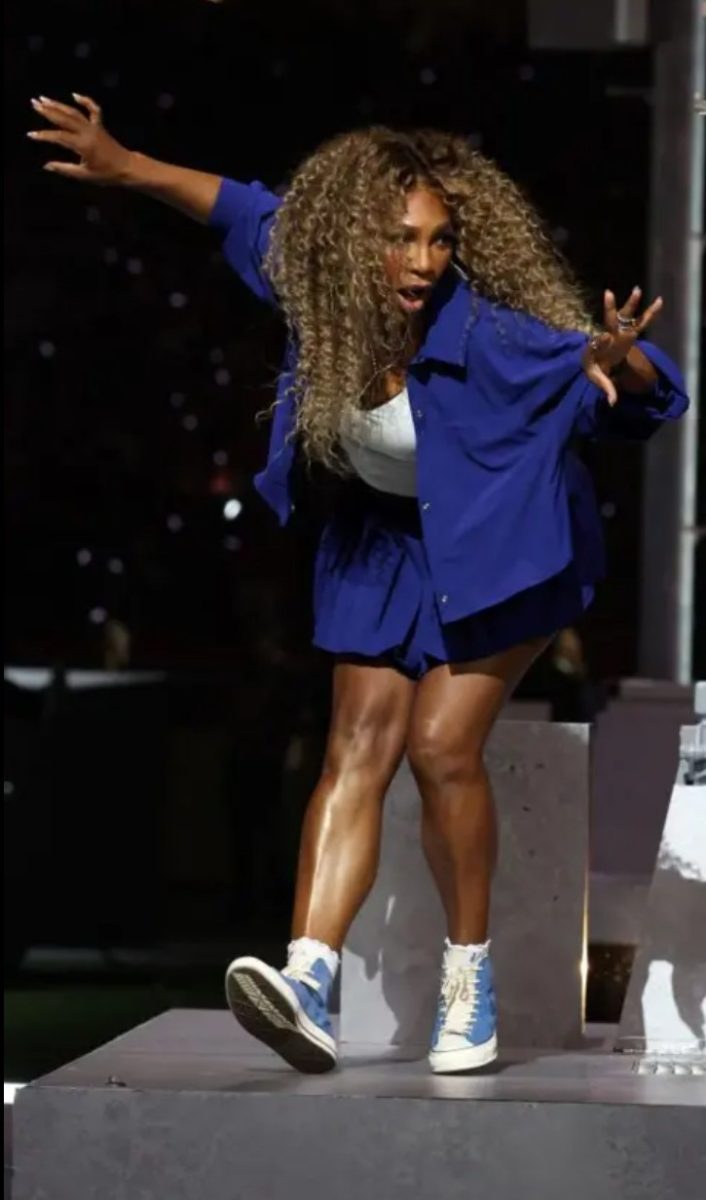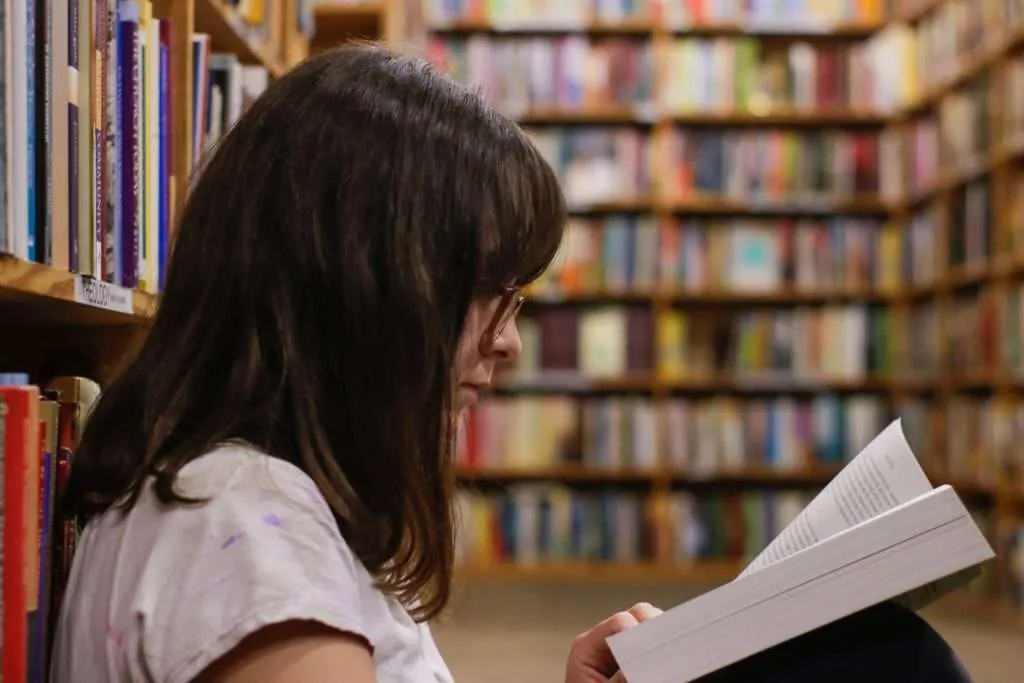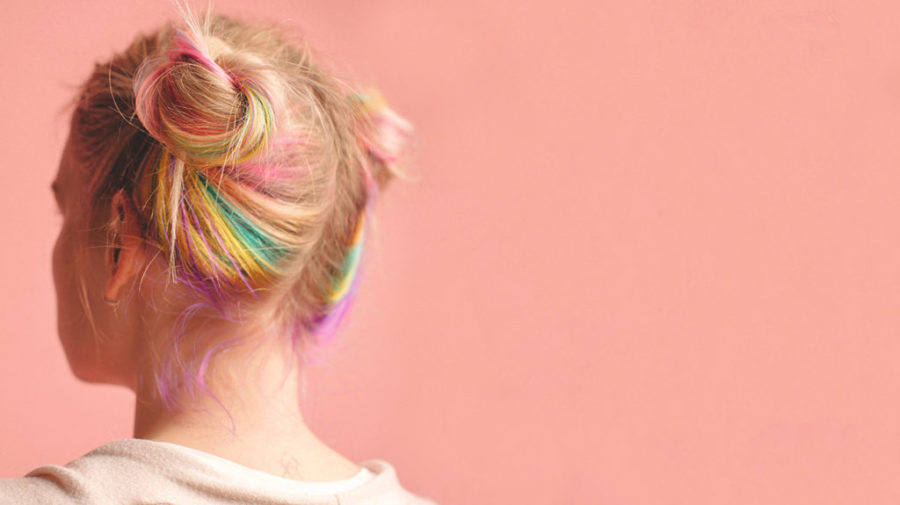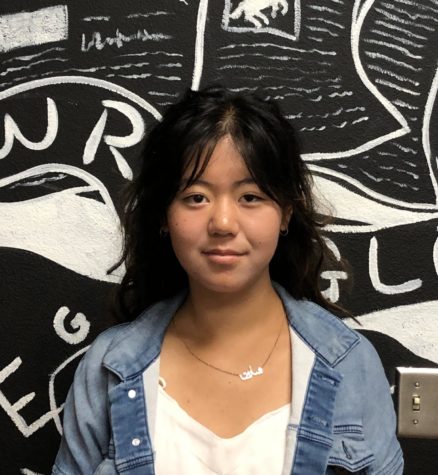The Dilemma of Hair Dye
Be creative! A wide variety of colors can go on hair, so treat your hair like a canvas of personality.
March 8, 2022
Blonde, brown, black, red. Caramel, blue, green, orange. Featuring a myriad of hairstyles and textures, Yorba Linda’s students choose to spice up the hair color spectrum of the school out of its main selection with hair dye. From a dare with your friend, on your own, or at the salon, hitting the right color spot with your hair is a confidence booster and a refreshing change during the middle of a slow school year.
At home or with a pro? A call with a salon can whip up an appointment with a trained hair stylist to dye your hair, with the process typically taking about two to three hours, depending on hair length and style choice. Dyeing at home, however, is made accessible with hair dye easily available at most stores offering cosmetic products. In fact, Milk + Blush, a hair-care magazine, states that home dye kits typically have the same basic ingredients as the dye products used in salons. But, according to the magazine, there may be a catch for cheaper at-home kits; they can skip out on protective ingredients that shield your hair from harsh chemicals during the dyeing process, increasing the risk for hair damage.
Dyeing at a salon is more expensive because the price for the hair stylist’s expertise and experience factors into the bottom line as well. Professional dyeing work can minimize unwanted results and allow you the freedom of choosing more complicated and challenging dye patterns, like balayages. With little training in the hair industry, dyeing at home can be messy and risky business; in bad cases, an expensive color correction treatment may be needed on your hair, which exposes it further to harsh chemicals. Still, dyeing at home is oftentimes the far cheaper and convenient option for high schoolers.
Amber Han (12) frequently dyes her hair all sorts of vibrant colors by herself at home. She puts out some words of advice for prospective students interested in splashing some color. “If you’re bleaching your hair for the first time, definitely remember to avoid your roots and leave putting bleach on them until after applying bleach to the rest of your hair,” she suggests. “And definitely use generally precise and easy to work with sections and layers to get the most even bleach job possible.”
Yet, while experimenting with bold and bright colors often is a fun experience, dye can be very damaging to hair. According to Healthline, natural hair strands are covered with protective proteins that are stripped away upon contact with the dye. As a result, hair can experience breakage or thinning, as well as more vulnerability to heat during heat styling and an overall loss of hair. Furthermore, the lighter the color dye you choose for your hair, the more damage the degrees of hair bleaching may be.
“Just do the color that speaks with you the most and don’t worry about what others may think!” says Amber. “Dyeing your hair is a great way of self expression and is for no one besides yourself, so have fun with it.”
Hair dye is a super fun way to experiment with your hair and express yourself through your appearance, but make sure to be very cautious of your hair health.





































